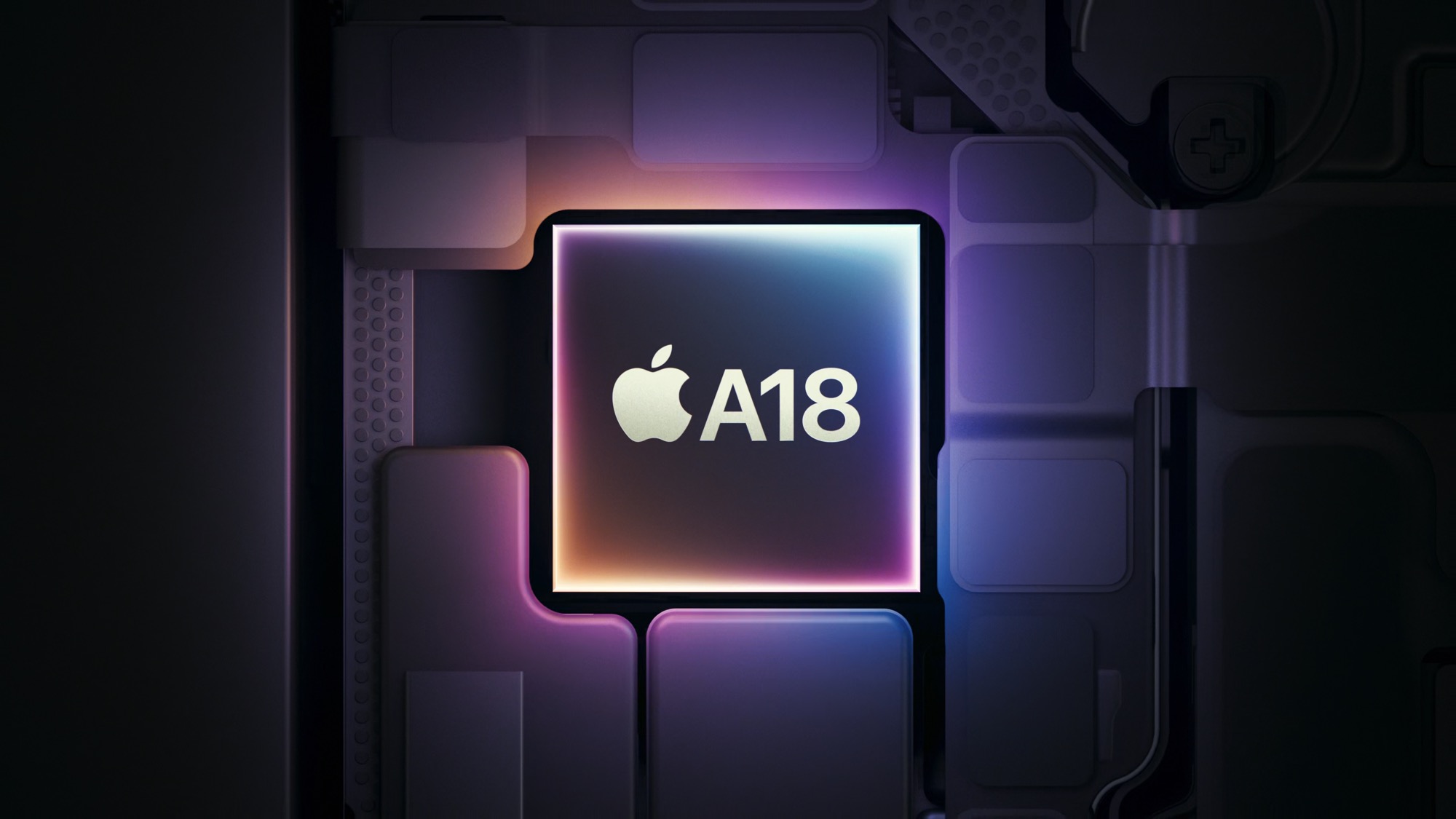The iPhone 18 Could Get Significant Silicon Improvements and Even More RAM
 Credit: Apple
Credit: Apple
Toggle Dark Mode
Now that the iPhone 16 lineup has launched, the rumor mill is naturally looking beyond next year’s iPhone 17 into what the 2026 lineup will hold. While it doesn’t take a crystal ball to realize that Apple will be putting an “A20” chip into its iPhone 18 lineup, there may be a lot more to this chip than just the number.
In addition to switching to a new 2 nanometer (2nm) fabrication process, the A20 chip may move to a new packaging method known as WMCM. At least, that’s the report from a Weibo post by Mobile Phone Chip Expert, an account with a pretty good track record for making Apple silicon predictions.
For Apple’s current A-series and M-series chips, the company’s fabrication partner TSMC uses a method called InFO, short for Integrated Fan-Out. This allows Apple’s chips to combine the CPU, GPU, and Neural Engine on a single die while also adding the RAM directly to the chip package. It’s the reason why the Unified Memory Architecture in Apple’s new MacBooks is so fast — the RAM is baked right into the M-series chip.
The downside is that it’s more costly for Apple to mix and match different configurations. For example, two chips with a different number of GPU cores, such as the A18 and A18 Pro, need to be fabricated using entirely separate processes (recent die shots of the A18 and A18 Pro by Chipwise have revealed that the A18 isn’t merely a “binned” version of the A18 Pro, but rather a distinct chip in its own right).

The Wafer-level Multi-Chip Module (WMCM) packaging method referred to in the Weibo post would allow Apple to fit together multiple dies in a single system-on-a-chip (SoC) package, giving Apple and TSMC the ability to more efficiently create multiple chip configurations without starting from scratch. For example, if the CPU and GPU are on separate dies, a “base” CPU die can be combined with any number of different GPU dies.
Meanwhile, the 2nm process would allow Apple to cram a few billion more transistors into the existing silicon, driving performance to new heights without increasing power consumption or generating excessive heat.
According to the leaker, at least some models in the iPhone 18 lineup will get a boost to 12 GB of RAM, likely to help drive new Apple Intelligence features. This seems plausible considering Apple’s push into RAM-hungry on-device large language models. This year, the entire iPhone 16 lineup moved to 8 GB of RAM, a memory capacity first introduced solely on last year’s iPhone 15 Pro and iPhone 15 Pro Max.
Analyst Ming-Chi Kuo has suggested that the iPhone 17 Pro Max might get 12 GB next year, while the 6.3-inch iPhone 17 Pro remains at 8 GB, but we’re taking that one with a healthy dose of salt as it would be unusual for Apple to separate the two Pro models in this manner. While the iPhone 12 Pro Max and iPhone 15 Pro Max had better telephoto camera systems, most years the two models are identical in every way except for size and battery life.
Mobile Phone Chip Expert has previously made accurate predictions, including being the first to report that the A16 chip would be exclusive to the iPhone 14 Pro models and that the A18 chips would switch to TSMC’s new 3nm N3E process from the N3B that was used for the A17 Pro and M3.
[The information provided in this article has NOT been confirmed by Apple and may be speculation. Provided details may not be factual. Take all rumors, tech or otherwise, with a grain of salt.]







